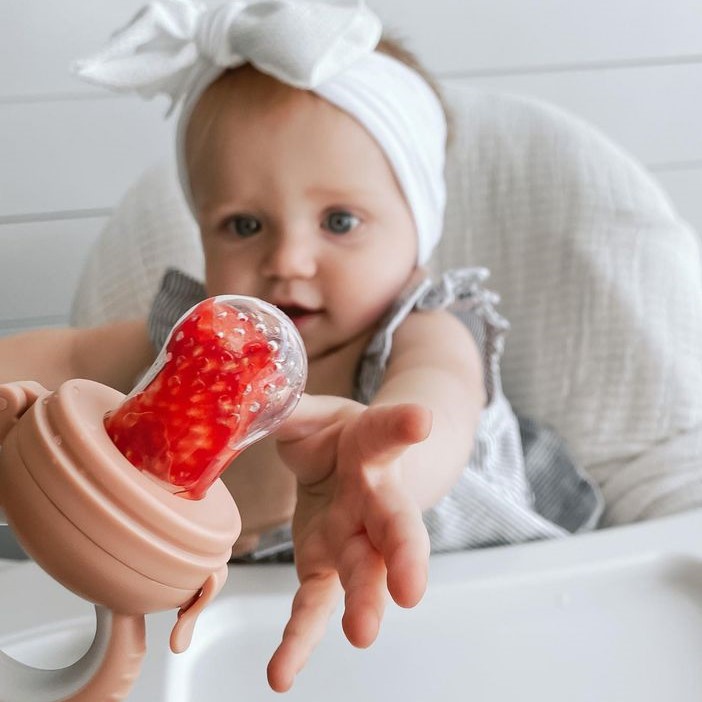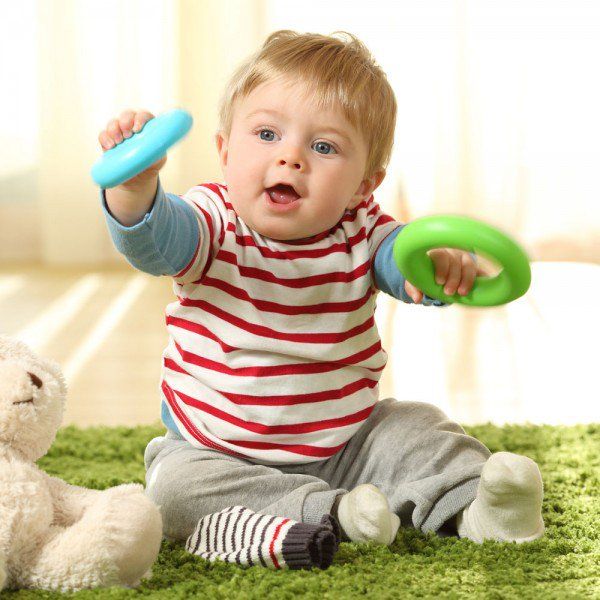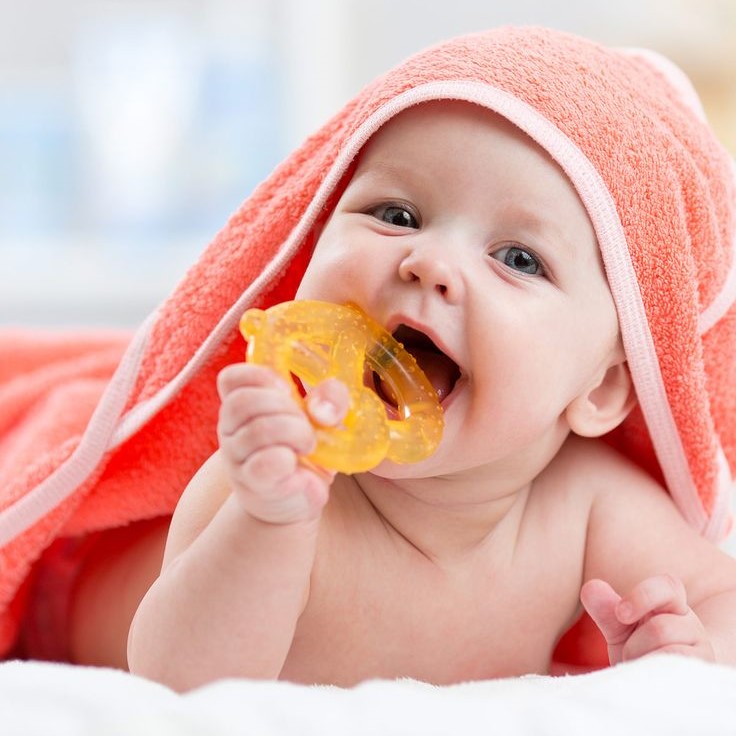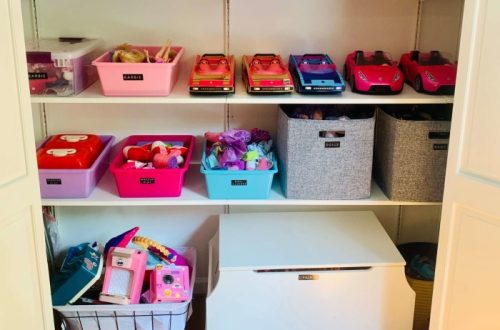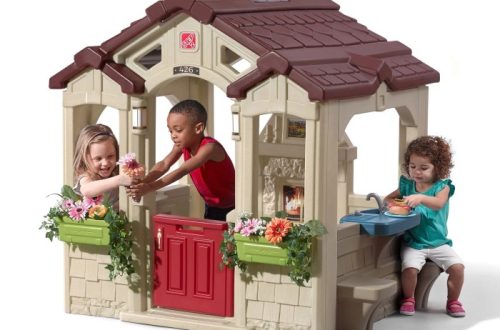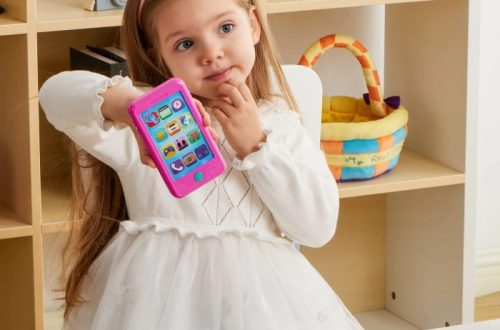Introduction
Choosing the right teething toy for your baby is crucial when they embark on their teething journey. Teething is a natural part of child development, but it can be an uncomfortable experience for infants. Parents often seek safe and effective ways to ease their baby’s discomfort during this phase. Enter baby’s teething toys, specifically designed to soothe sore gums and provide relief.
In this guide, we’ll explore some of the best teething toys available on the market today. We will discuss various types, materials, and designs while providing insights into how these toys help your little ones cope with the teething process. By the end of this article, you will feel knowledgeable about the best options for your baby’s teething needs.
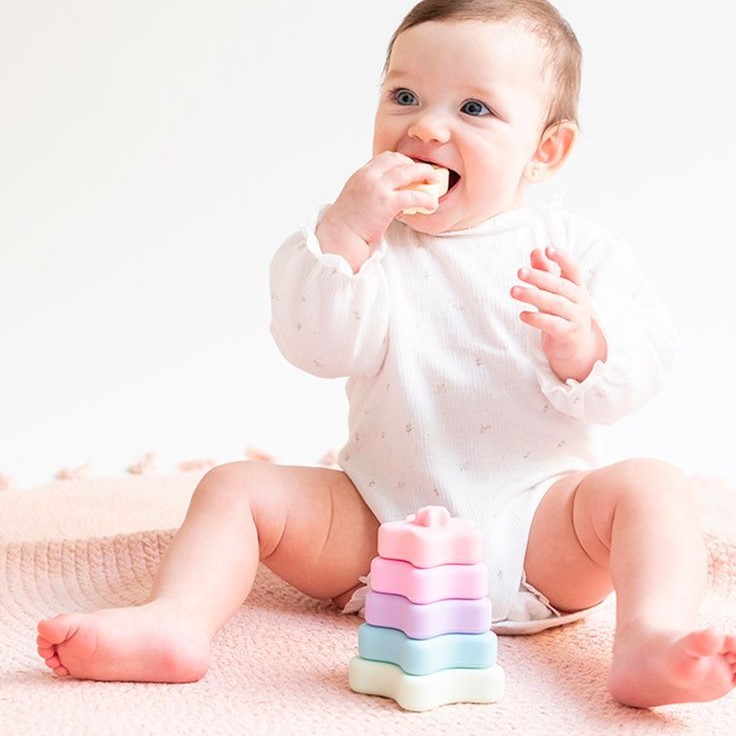
Why Teething Toys Are Essential
Understanding why teething toys are essential can help parents select the best options for their babies. Here are several reasons to consider:
- Comfort and Relief: Teething toys provide immediate comfort for sore gums. As teeth begin to emerge, the pressure can be uncomfortable, and having something to chew on helps ease that discomfort.
- Encouragement of Discovering Textures: Teething toys come in various textures, which stimulate the baby’s senses. Exploring these different textures can promote sensory development as your baby learns about the world around them.
- Safe Alternatives: Babies often put anything they can find into their mouths, which can pose a choking hazard. Quality teething toys are designed with safety in mind, offering a safe alternative for your child to chew on.
- Aid in Fine Motor Skills: As babies grasp and hold their teething toys, they develop and enhance their fine motor skills. This is an important developmental milestone and can help prepare them for future skills, like writing.
- Fun and Engaging: Many teething toys are designed with colors, shapes, and sounds to engage a baby’s curiosity. This aspect encourages play and distraction while providing relief.
Types of Teething Toys
Choosing the right kind of teething toy can significantly impact your baby’s teething experience. Here are some popular types, along with their benefits:
1. Silicone Teething Toys
- Safe Material: Silicone is a popular and safe material, known for durability and ease of cleaning, making it a reliable choice for teething toys.
- Flexible and Soft: These toys tend to be soft yet sturdy, providing the right combination of resistance and give for sore gums.
2. Wooden Teething Toys
- Natural Option: For parents seeking more eco-friendly choices, wooden teething toys made from untreated hardwood provide a natural solution. They are less likely to harbor bacteria and are biodegradable.
- Smooth and Textured Surfaces: Many wooden toys offer smooth and textured surfaces, providing a range of sensations for babies to explore.
3. Teething Rings
- Easy to Hold: Teething rings are often designed to be easy to grasp. They can be made from various materials, including silicone, rubber, or wood.
- Chill for Added Relief: Many parents choose to chill teething rings in the fridge before giving them to their little ones, providing extra relief to swollen gums.
4. Plush Teething Toys
- Soft Comfort: Plush teething toys combine the softness of plush fabric with hard teething elements. These can soothe babies emotionally while also helping with teething discomfort.
- Interactive Elements: Many plush toys come with crinkly materials or rattles, making them more engaging for babies.
Top Picks
When it comes to choosing the best teething toys, consider the following top options based on safety, functionality, and popularity:
- Sophie la Girafe: This iconic teething toy has been a favorite for decades. It’s made from natural rubber and is soft and safe for babies to chew. Its unique design and gentle squeak make it engaging for infants.
- Silicone Teething Necklace: For moms, these practical options not only look stylish but also provide a safe outlet for babies to chew while being held. They come in vibrant colors and are made of non-toxic silicone.
- Bamboo Teething Toy: Made from sustainable bamboo, this teether is eco-friendly and provides a unique texture for babies to explore while soothing their gums.
- Fridababy Teething Mitt: Designed for babies who can’t grasp traditional toys yet, this innovative teething mitt fits on the baby’s hand, allowing them to chew comfortably while promoting sensory exploration.
- Baby Banana Toothbrush Teether: A two-in-one product, this teether not only soothes gums but helps babies learn oral hygiene habits. Its banana shape is playful and encourages early brushing skills.
Safety Considerations
When choosing teething toys, safety should be a top priority. Here are some key points for parents to consider:
- Material Safety: Look for toys made from food-grade silicone, BPA-free plastic, or untreated wood. Always ensure that the materials are non-toxic and suitable for babies.
- Avoid Small Parts: Check that the teething toys do not have small parts that could pose a choking hazard. Ensure that any attachments, like beads or bells, are secure and cannot be removed easily.
- Hygiene Maintenance: Regularly clean your baby’s teething toys. Most silicone and plastic toys can be washed in warm soapy water or placed in the dishwasher for thorough cleaning.
- Inspect for Damage: Regularly inspect the toys for any signs of wear and tear. Tear, cracks, or pieces that may break off should prompt you to replace the toy immediately.
- Follow Guidelines: Always follow the manufacturer’s guidelines for age recommendations and care instructions. This ensures that you’re using the products safely and correctly.
The Role of Teething Toys in Baby’s Development
Teething toys serve more than just the purpose of comfort during the teething phase. They also play a vital role in a baby’s overall development:
Sensory Development
- Varied Textures: Teething toys are designed with different textures, such as ridges, bumps, and smooth surfaces. These varied features encourage babies to explore tactile sensations, which are essential for sensory integration.
- Stimulating Exploration: As infants touch, chew, and manipulate teething toys, they stimulate their sensory receptors. This exploration is crucial for developing their understanding of the world around them, aiding in cognitive and physical development.
- Building Neural Pathways: Engaging with diverse textures helps build neural connections in the brain. This neurological growth supports overall sensory processing skills, ensuring that babies can appropriately respond to their environment.
- Finding Comfort in Sensation: The act of chewing or licking teething toys can provide soothing sensations, which can help alleviate discomfort. This process allows babies to associate positive feelings with sensory exploration, laying the groundwork for future sensory-based activities.
Motor Skills Enhancement
- Strengthening Grip: As babies grasp and hold teething toys, they develop their hand and finger strength, essential for achieving more complex motor skills later on, such as writing or drawing.
- Manipulating Toys: The act of shaking, twisting, or pushing a teething toy enhances dexterity. These movements encourage them to use various parts of their hands, developing fine motor coordination that is critical for daily tasks.
- Control Over Movements: While playing with teething toys, babies learn to control their hand movements. This increased awareness of their limb movement helps improve their ability to reach for, grasp, and manipulate objects.
- Transitioning to Self-feeding: Enhanced fine motor skills gained from teething toy use can prepare a baby for later stages of development, such as self-feeding. Mastering the coordination needed to hold and bite down on toys translates to handling utensils and food.
Cognitive Growth
- Fostering Curiosity: Interaction with teething toys stimulates a baby’s natural curiosity. As they explore different shapes, sounds, and functions, they become more engaged, prompting further investigation.
- Learning Cause and Effect: Engaging with teething toys allows babies to discover cause-and-effect relationships. For instance, when they shake a rattle and hear a sound, they begin to understand that their actions have consequences.
- Problem-Solving Skills: As infants experiment with various ways to hold, shake, or bite their toys, they encounter challenges that require solutions. This trial and error fosters problem-solving abilities, which are fundamental to cognitive development.
- Language Development: Playing with teething toys can even encourage early language skills. Parents engaging in playtime may describe the toy’s features, colors, or sounds, introducing new vocabulary and concepts to the baby.
Emotional Comfort
- Self-Soothing Mechanism: Chewing on teething toys can serve as a coping mechanism for babies experiencing discomfort. This action helps them learn to self-soothe, promoting emotional regulation skills that are important for their developmental journey.
- Reduction of Frustration: Babies often feel frustrated during the teething process due to pain or discomfort. Having a teething toy close at hand gives them an outlet for their frustrations, mitigating stress and unhappiness.
- Creating Comfort Associations: Frequent use of teething toys can lead to babies forming positive associations with certain textures or sensations. This familiarity can make the teething process less daunting, contributing to their emotional health.
- Bonding Experiences: Emotional comfort is also fostered through interactions with caregivers. Parents who engage in playful activities with teething toys create security and trust, contributing to a stronger emotional bond between them and their child.
Social Interaction
- Encouraging Playdates: As babies share teething toys with peers, they begin experiencing social play. This early interaction sets the stage for learning how to interact with others and share resources.
- Learning to Share: Engaging in play involves taking turns with toys, allowing babies to learn the fundamental social skill of sharing. These experiences can foster empathy and understanding in relationships as they grow.
- Building Communication Skills: Engaging with others during play can lead to the development of early communication skills. Babies may mimic sounds or facial expressions, helping them understand social cues and responses.
- Foundation for Future Relationships: The initial social interactions fostered through teething toys lay the groundwork for future friendships. Understanding how to bond and communicate with others leads to healthier relationships throughout life.
Conclusion
In conclusion, a teething toy is an essential item for parents seeking ways to soothe their babies’ discomfort during teething. With various safe and engaging options available, parents can select products that not only relieve teething pain but also contribute to their child’s overall development. From classic favorites like Sophie la Girafe to innovative designs that promote oral hygiene, the right teething toy can significantly enhance a baby’s comfort and ease their transition through this natural developmental stage.
Remember to prioritize safety, cleanliness, and regular inspections when choosing and caring for your baby’s teething toys. The supportive role these toys play in your baby’s sensory, motor, cognitive, and emotional development cannot be overstated.
As you explore the world of teething toys, enjoy the process of selecting and discovering what works best for your little one. Each toy can offer a moment of comfort and joy, making teething a more pleasant experience for both parents and babies alike. Happy soothing!

